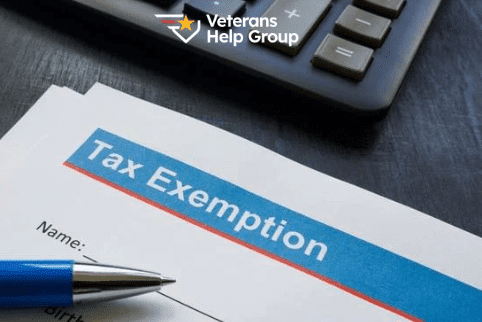
Table Of Contents
Getting VA Disability for a Heart Condition
– MATT SAUERWALD, VICE-PRESIDENT, VETERANS HELP GROUP
Matt Sauerwald has dedicated many years of his life to disabled Veterans seeking help with their VA disability benefits. He has represented thousands of veterans with his knowledge of the VA disability application process and the Veterans Administration.
Below, Matt will help you understand how to secure VA Disability benefits for a heart condition.
Heart disease is quite common in the United States. According to the Centers for Disease Control and Prevention (CDC), it’s the nation’s leading cause of death. Because heart disease is so common, it might not be immediately obvious to a disabled veteran that their heart disease may be service-connected. However, in some cases, a veteran may be able to establish a service connection for heart disease.
Service Connection for a Heart Condition
As with any condition, a veteran seeking VA disability benefits for a heart condition will have to show that their condition is service-connected. In a few circumstances, a heart condition is presumed service-connected. For example:
- Heart disease is presumed service-connected for former prisoners of war
- Ischemic heart disease is presumed service-connected for Vietnam veterans who were exposed to Agent Orange
- Certain types of chronic cardiovascular disease are presumed service-connected if they begin within one year after discharge from military service
If a service connection isn’t presumed, a veteran may still be able to establish a service connection. In fact, in the fiscal year 2022, more than one million veterans were receiving VA disability benefits for cardiovascular conditions. A veteran may also be able to establish that heart disease is secondarily connected. For example, diabetes increases the risk of developing a heart condition. So does post-traumatic stress disorder (PTSD).
VA Disability Ratings for Heart Conditions
The VA evaluates most heart disease under a general rating schedule that depends on METS, or metabolic equivalents. METS are measured by comparing the rate of oxygen uptake to the rate that would be expected when sitting at rest. For example, at 2 METS, the veteran is using twice as much oxygen as they would be at rest.
The standard rating schedule for heart conditions assigns a disability rating of:
- 100% if heart failure symptoms occur at 3 METS or less
- 60% if heart failure symptoms occur at 3.1-5 METS
- 30% if heart failure symptoms occur at 5.1-7 METS, or if imaging reveals cardiac hypertrophy or dilation
- 10% if heart failure symptoms occur at 7.1-10 METS or continuous medication is required
Certain heart conditions are rated based on specific schedules. For example, supraventricular tachycardia may only be rated at either 10% or 30%, based on the number of treatment interventions required per year. Some other conditions, such as myocardial infarction, are rated 100% for a specific time period following an event.
Pursuing VA Disability for a Heart Condition Can Be Challenging
A successful VA disability claim requires the right combination of information and documentation. That means demonstrating that the heart condition is service-connected or secondarily connected and providing sufficient medical documentation to show both the condition and the extent of symptoms and limitations.
At Veterans Help Group, our experienced advocates fight for disabled veterans every day. We know how to help you put together the strongest claim or appeal possible. To learn more, call 855-855-8992 right now, or fill out our contact form here.

VA Disability Benefits and Tax Exemptions: What You Should Know
VA Disability Benefits and Tax Exemptions: What You Should Know Written by: Schuyler Swanton,...

Veterans Help Group In The Community
Veterans Help Group in the Community Written by: Bobbi Boudi, Director of Community Outreach, Amy...

The Veterans Appeals Efficiency Act of 2025
The Veterans Appeals Efficiency Act of 2025 Several bills are currently pending in Congress that...





